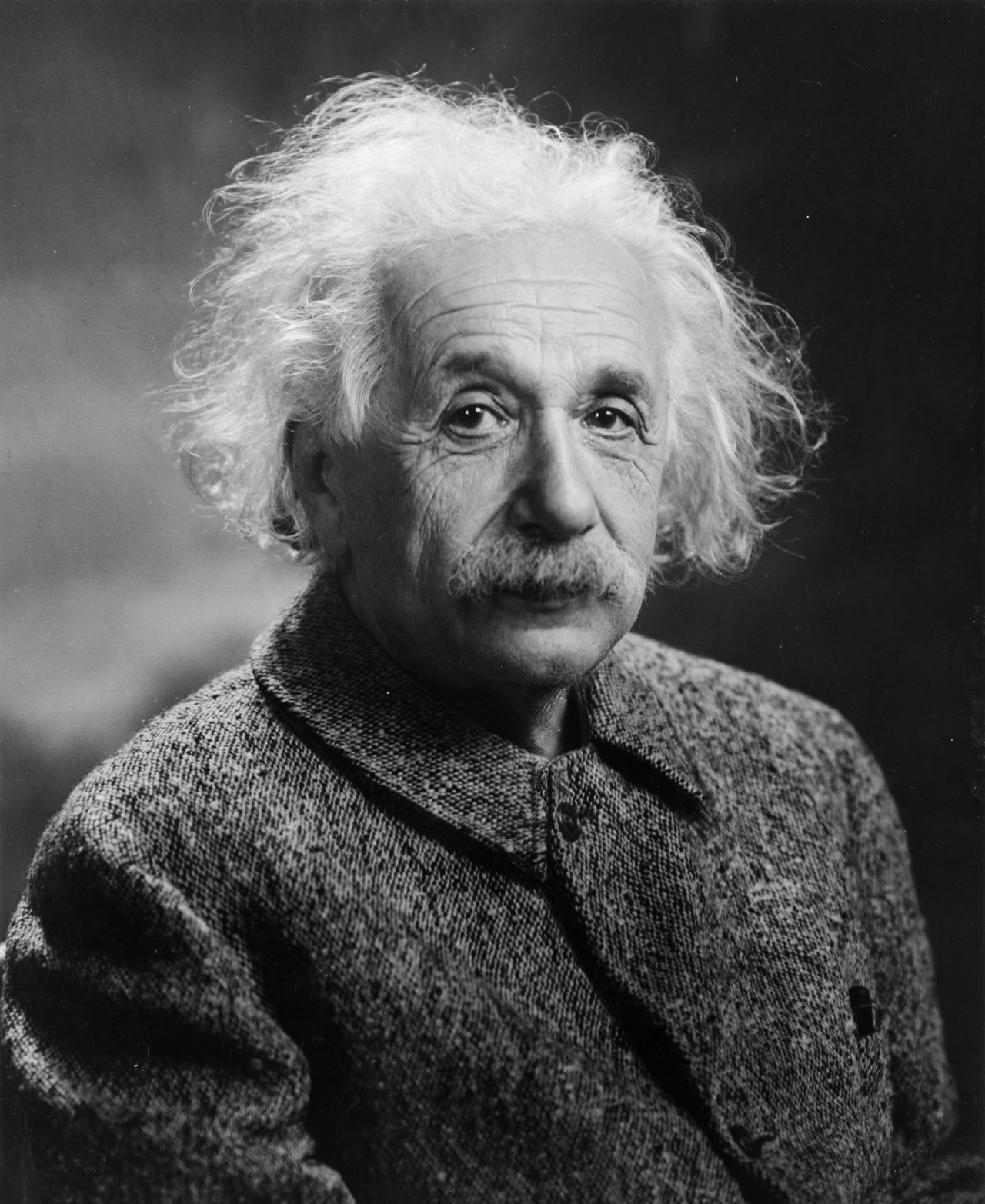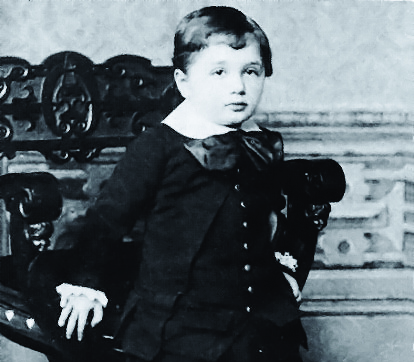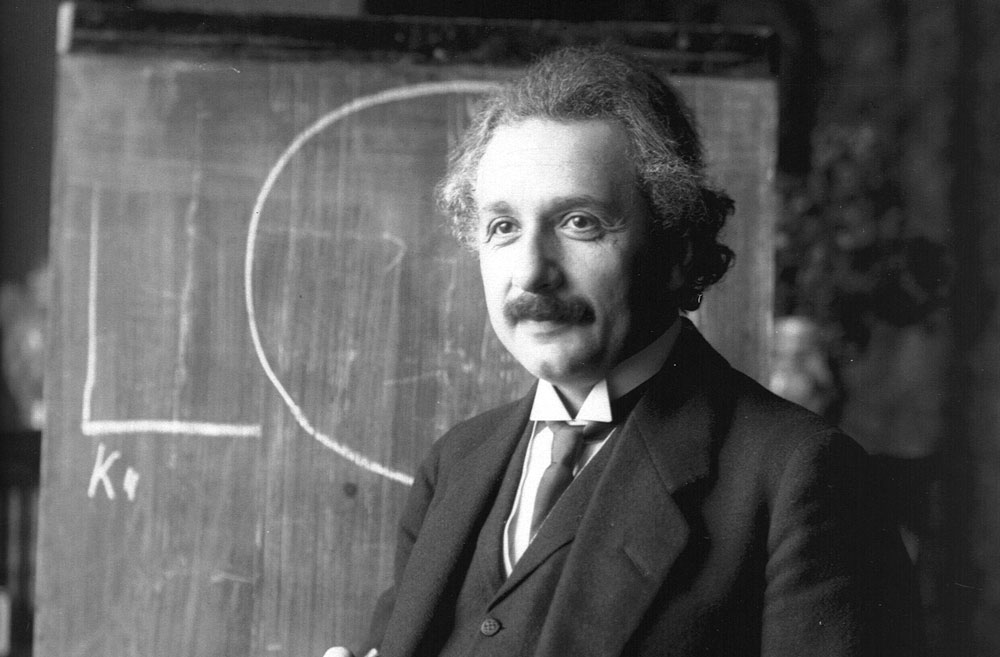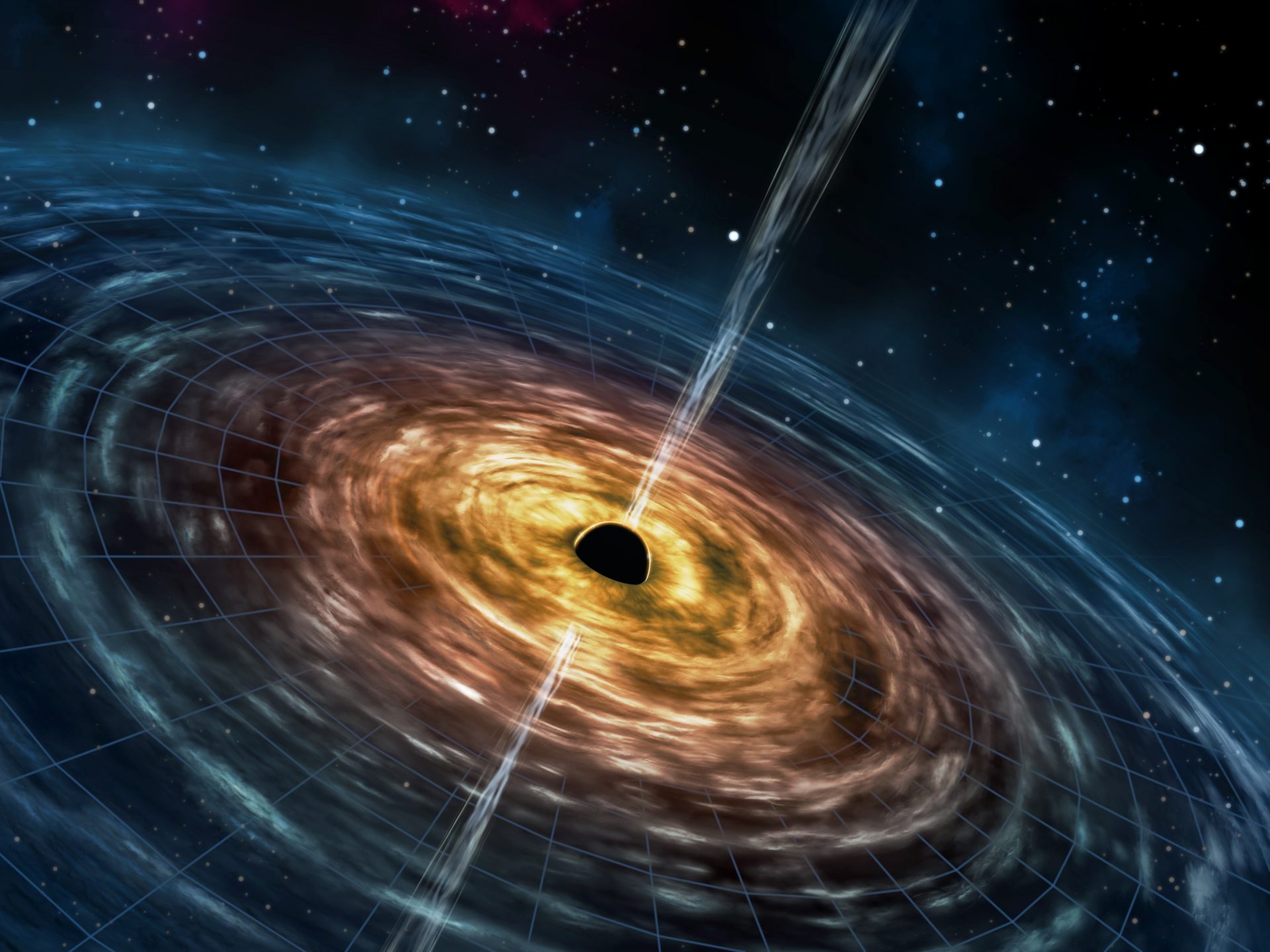The world’s greatest genius?
Albert Einstein is one of the most famous scientists the world has ever known. His ideas revolutionized the way physicists understand the world and helped with the development of all kinds of modern technology. He anticipated new discoveries, like black holes, and became a key player in the world of science.

Born in Germany
Albert Einstein was born in Ulm, Germany in 1879. He came up with theories about how time and space affect the laws of physics. They sound complicated, and they really are! In short, Einstein’s ideas provided the groundwork for scientists around the world to understand nature’s invisible forces.
Einstein has had a huge impact on research and the development of our society.

Fascinated by a compass
It has been said that when Einstein was five years old, he was home sick in bed and his father gave him a compass to cheer him up. This compass became one of his biggest sources of inspiration. Einstein was fascinated by the way the needle moved to point north, and it made him realize that there must be something hidden that causes everything to work the way it does.
Skipping classes
Einstein had a hard time at school. Also, he skipped a lot of classes at university, but he was still allowed to take his exams.

Portrett av Albert Einstein
Einsteins career
Einstein had a bit of a rough start to his career, and in the beginning he was mocked by other scientists. Finally they too saw that he was a genius and in the early 1920s his theories became widely recognized for their importance. One of them was the famous theory of relativity.
In 1921, 16 years after his revolutionary theories were published, Einstein got the Nobel prize in physics.

Svart hull
E=mc2
Einstein is best known for the equation E=mc2 (Einstein’s Special Theory of Relativity). The equation shows that the energy of an object in motion is the same as an object’s mass times the speed of light squared. In other words, the equation shows that materials can be seen as both mass and energy and that they are directly related to each other.
It can be challenging to understand Einstein’s complicated theories, but they have had a significant impact on all of us.
Pacifist
Einstein wasn’t sure that it was possible to build an atomic bomb, but he supported the American government’s research on nuclear reactions with uranium. This is the process that creates atomic energy. Einstein was worried that the Germans would succeed in creating an atomic bomb before the United States.
While Einstein himself was not involved in creating the atomic bomb, the work was largely based on his ideas. When the first atomic bomb was dropped on Hiroshima, Japan, in August 1945, Einstein was horrified by the terrible destruction. For the rest of his life he fought against the use of atomic bombs.

Albert Einstein
Sources:
- Historie – Junior (2016)
Orage Forlag AS
- Slik funker verden – Junior (2019)
Orage Forlag AS
- American Museum of Natural History (09.06.2020): Albert Einstein
https://www.amnh.org/learn-teach/seminars-on-science/about/faculty/albert-einstein
Media Rights:
-
-
Wikimedia Commons
-
Ukjent
-
Getty Images
-
Albert-Einstein-Archiv / Ferdinand Schmutzer
-
Getty Images
-
Getty Images
-
Getty Images
-
Future plc
-


